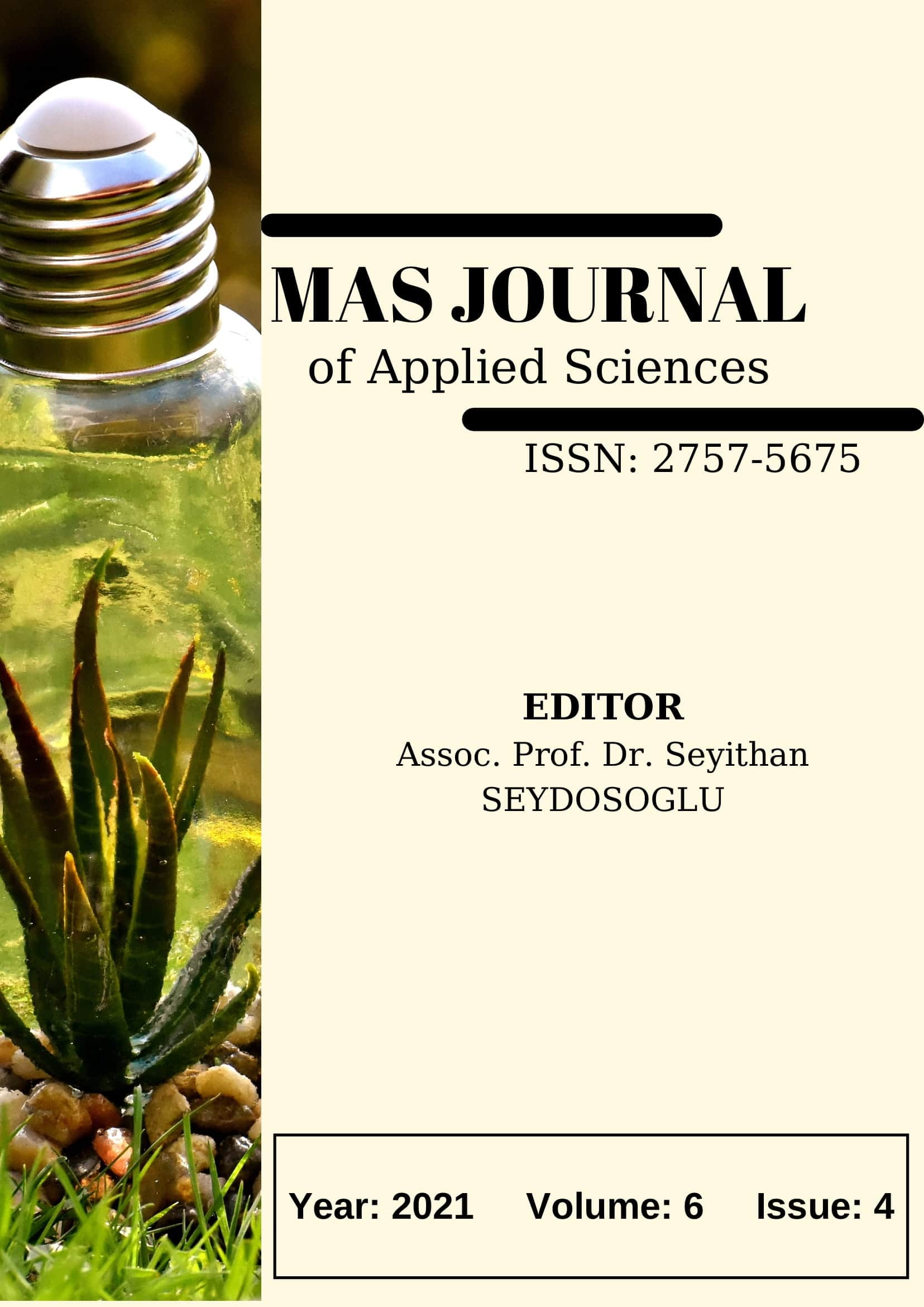Durum Wheat (Triticum turgidum ssp. durum) and its Comparison to Bread Wheat in Some Aspects
DOI:
https://doi.org/10.52520/masjaps.139Keywords:
Durun wheat, Triticum turgidum ssp., durum, common wheatAbstract
Durum wheat is an important cereal produced mainly in Middle East, North Africa, South Europe and North America. Under Mediterranean conditions, water deficiency and high temperature during reproduction period limit durum crop production severely. Water deficit is the major limiting factor in Mediterranean basin and durum yield is greatly reduced by drought in this zone. Origin, grain quality, diseases tolerance, adaptation to environmental conditions and changes and consumption areas of this species are different than common wheat. Old durum landraces are now replaced with modern cultivars due to demand of higher technological quality requirements from food industry. Wild emmer wheat gene pool is a major source for durum wheat genetic and breeding improvements. Breeders increased productivity and resilience of durum wheat by strong selection of genes managing important agronomical traits. Cropping system, tillage management and weather conditions can greatly affect durum wheat and common wheat grain yield and quality. Here in this review, knowledge extracted and selected from latest articles published in high quality articles in the last decade on durum wheat are mentioned and some of them are compared to bread wheat. Different than a systematic presentation of well known informations related to wheat and durum, as it will require hundred of pages, here in this mini review, it was targeted to present some interesting aspects of relation of durum wheat to common wheat.
Downloads
Published
How to Cite
Issue
Section
License
Copyright (c) 2021 The copyright of the published article belongs to its author.

This work is licensed under a Creative Commons Attribution-NonCommercial 4.0 International License.


